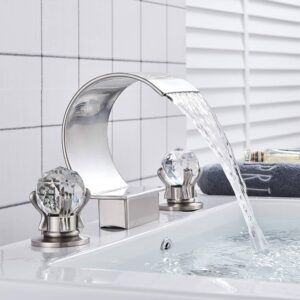What is the Difference Between a Switch and a Load Protector?
3 min read
The answer depends on what you are trying to accomplish with your switch or relay. If you are just looking for some simple home electronics, then a switch will work fine for you. If you are wanting to be able to use your home electronics as an extension or replacement for your computer or phone line, then a relay will be more suitable for your needs. Here we will discuss the differences between the two devices.
A switch is essentially a very small light electromechanical switch that allows current to flow only one way. There is a physical contact on the switch that allows the current to pass from the source to the destination. This is done when the switch is turned “on”. In order to turn the switch “off”, the current has to go through the physical contact and then to the breaker box.
The switch’s purpose is to turn power to appliances on and off. It is usually found in places where there is no outlet such as inside the wall cavity in a toilet or behind a piece of furniture. There are also many different types of switches: digital, manual, temperature and humidity controlled, and supply and output controls.
What is the difference between a light sensor and a relay? A light sensor allows lights to turn on when they are not expected and then turns them off automatically when the lights are already on. Relays are very similar, except that they receive light signals from at least two different locations and turn the lights on or off based on which light is received. Some relays can also sense magnetic fields. This makes them very useful in motion detection applications.
What is the difference between a load sensitive and a switch? Switches are used in circuits where there is a need to control the amount of current passing through a wire. For example, if you are using a laptop computer to watch a video, you will want to make sure that the video stream doesn’t shut down because of a heavy fluctuation in the power. You might use a load-sensitive switch so that when the computer’s power goes out, the video stream will continue to play instead. Load sensitive switches are used in many different applications.
What is the difference between a diode and a cathode? A diode is a type of semiconductor, like silicon dioxide. They have a low current capacity, so they require a very little current to operate. The cathode is made of a different material, but has a much higher current capacity than the diode, so it requires a lot of current to operate.
What is the difference between a load protector and a protection switch? A protection switch prevents current from flowing when the circuit is not expecting it. If there is a power failure or a drop in voltage, the protection switch will disconnect the circuit and isolate the power accordingly. It can prevent shorts in several different ways, including closing the circuit when the mains light turns on, protecting the circuit during a surge, preventing current from flowing during a cold start, and many other ways.
What is the difference between a load protector and a load regulator? A load regulator allows the user to control the amount of current going into a circuit, usually with a physical switch. It is a commonly used circuit protection device, because it provides a stable supply of power even when the mains are tripped or overloaded. For example, some people may want to turn off the mains for a night while they are sleeping at night, so the generator will automatically turn itself off when the mains light goes on. The load regulator is connected to the circuit and supplies regulated voltage or alternating current (AC) to make this possible.





